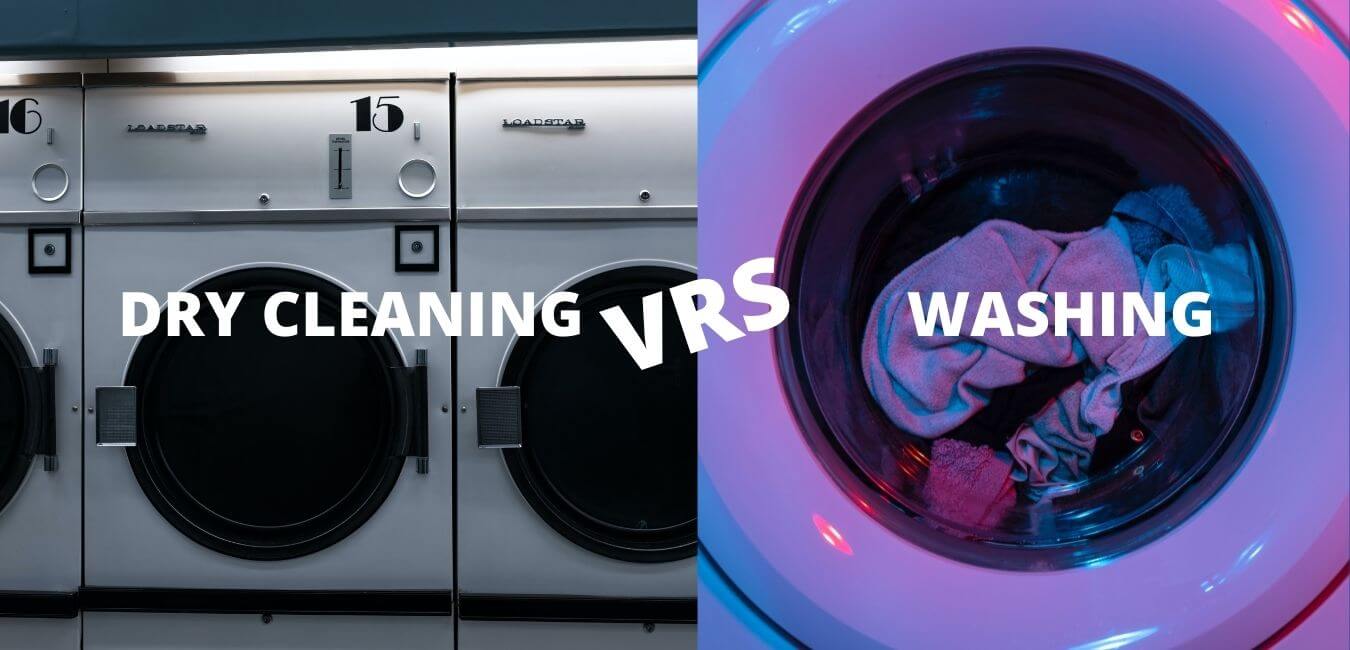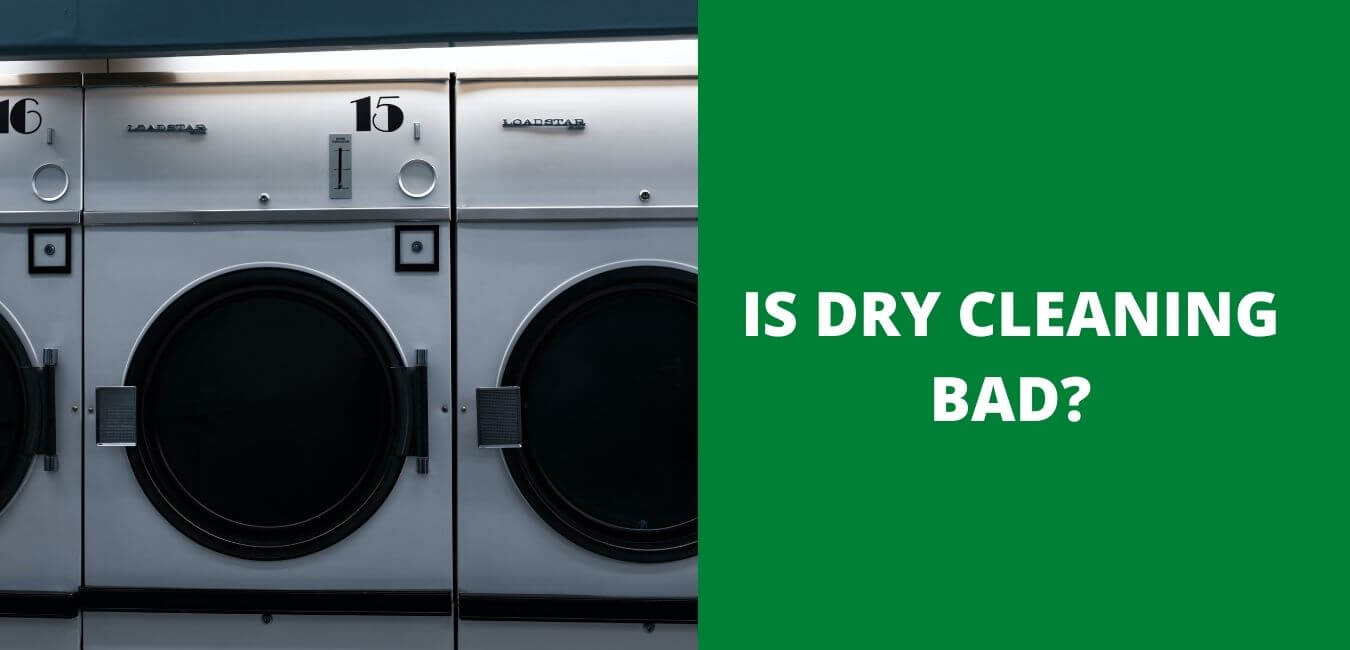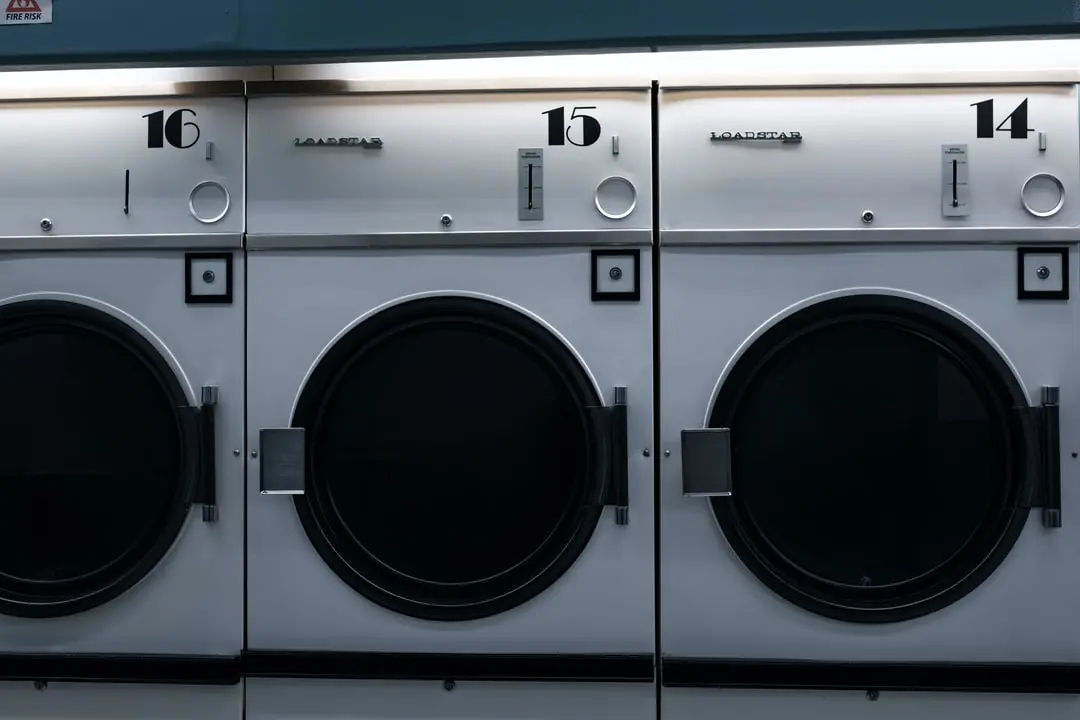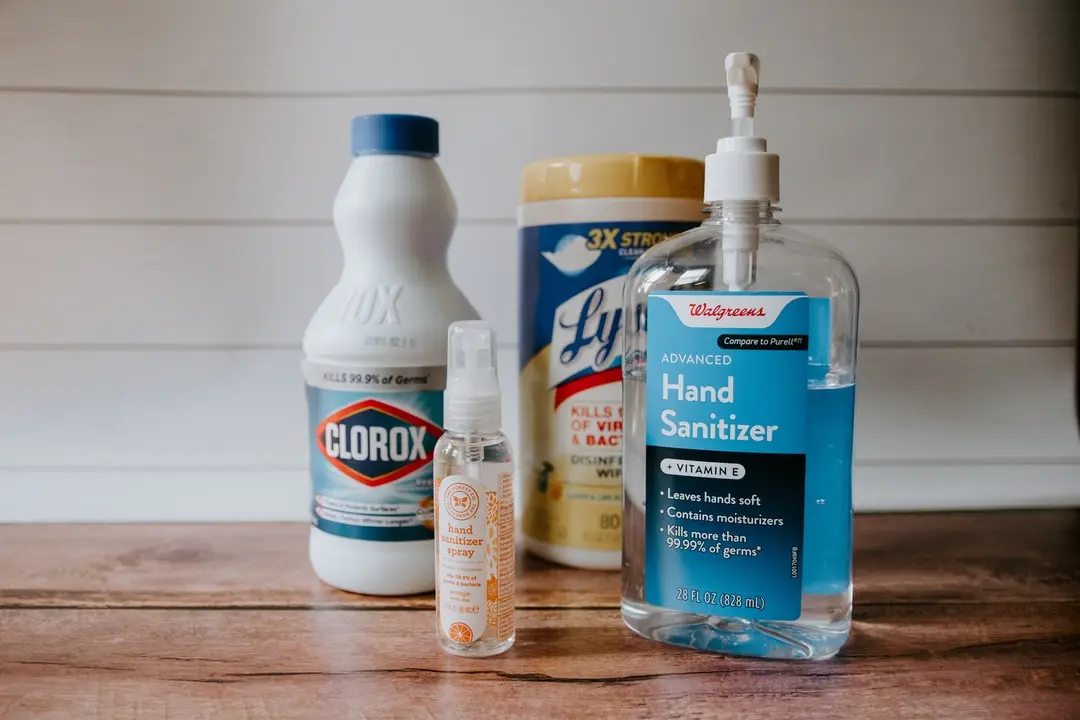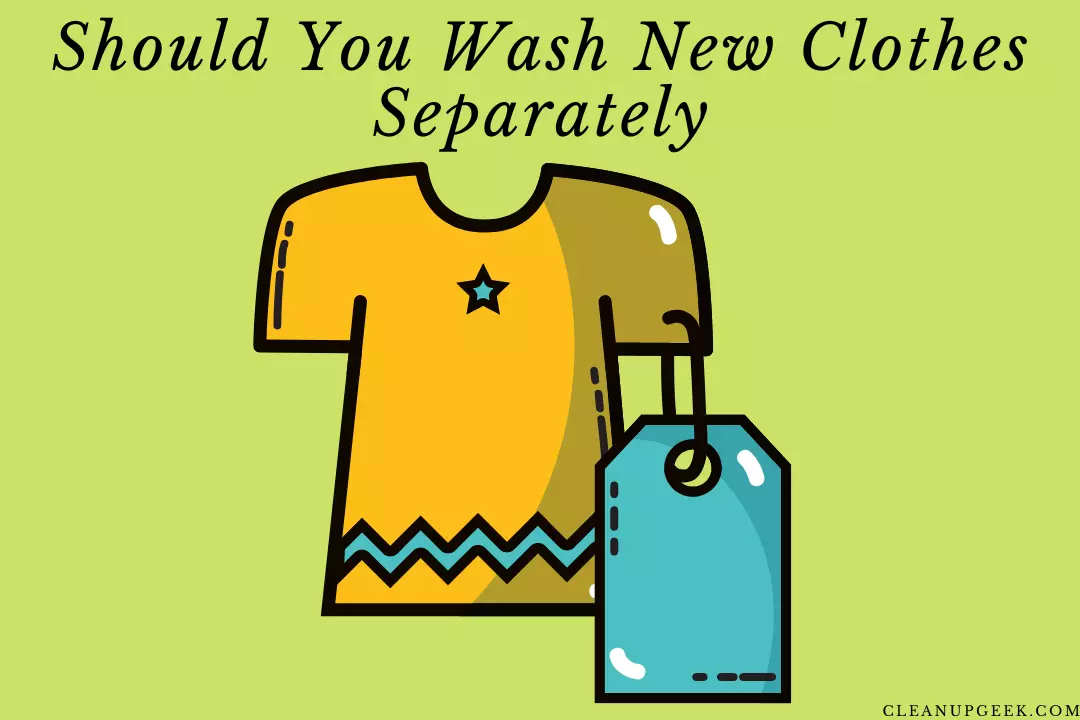This article, backed by the American Cleaning Institute (ACI), offers step-by-step guidance to effectively tackle these stubborn stains and restore your garments’ original beauty.
Dive in to uncover proven methods of stain removal, crucial factors to consider during the process, and effective preventive measures for future protection. Trust us; it’s simpler than you think.
Key Takeaways
- Stains caused by a steamer can be tough to remove, so it’s important to consider factors like the type of stain, fabric color, and age of the stain when choosing a removal method.
- Methods for removing stains caused by a steamer include brushing, flushing with cold water, pretreating with stain remover or detergent, presoaking before washing, scraping off solid residue, sponging with water or detergent mixture, and tamping lightly on fresh liquid stains.
- Preventive measures for avoiding steamer stains include regularly cleaning your steamer to prevent mineral deposits and using vinegar or decalcifying solutions as recommended by the manufacturer.
- It’s crucial to act quickly when dealing with steam cleaner stains and choose the appropriate method based on the ingredients in the stain. Regular maintenance of your steamer is key to keeping it in good condition and preventing staining risks.
Understanding the Stains Caused by a Steamer
When it comes to removing stains caused by a steamer, there are several factors to consider.
Factors to consider when removing the stains
Look at the type of stain. Some stains are hard to get out. Grease and oil from the steamer can be tough. Also, think about the stuff in the stain. See what makes it up.
The color of your clothes matters too. Light colors may need special care to not fade them when cleaning off a stain.
Do look at how old the stain is as well. Fresh stains are easier to remove than older ones that have dried up on your clothes.
Also, check for any washing tags on your clothing items before you start cleaning them!
Types of stains caused by a steamer
Steamers can cause different types of stains on clothes, and it’s important to know what they are so you can effectively remove them. Some common types of stains caused by a steamer include water spots, mineral deposits, and dye transfer.
Water spots are usually small and appear as white or light-colored marks on the fabric. Mineral deposits occur when hard water is used in the steamer, leaving behind a residue that can stain the clothes.
Dye transfer happens when colors from one garment bleed onto another during steaming. These stains can be stubborn, but with the right methods and products, you can successfully remove them and restore your clothes to their original condition.
– Factors to consider when removing the stains
When removing stains caused by a steamer, there are several factors to consider for effective stain removal. Firstly, you need to identify the type of stain accurately so that you can choose the appropriate method and product for removal.
Secondly, timing is crucial – tackle the stain as soon as possible before it sets into the fabric. Additionally, always follow care instructions provided on clothing labels to avoid damaging or fading fabrics while trying to remove stains caused by a steamer.
Ingredients in the stains
The stains caused by a steamer can have different ingredients in them. Some common ingredients found in stains include mineral deposits, dirt, grease, oil, and even food particles.
These ingredients can leave stubborn marks on your clothes that are difficult to remove. Understanding the ingredients in the stains is important because it helps you choose the right method for removing them effectively.
By knowing what you’re dealing with, you can select the appropriate stain remover or cleaning solution that targets those specific ingredients and gives you better results. So when tackling steam cleaner stains, make sure to consider the ingredients present in the stains for successful removal.
Methods for Removing Stains Caused by a Steamer
To remove stains caused by a steamer, you can try brushing, flushing, pretreating, presoaking, scraping, sponging, or tamping.
Brushing
One method for removing stains caused by a steamer is brushing. When you notice a fresh liquid stain on your clothes, use a soft-bristled brush to gently scrub the affected area. This can help loosen and remove the stain before it sets in.
Remember to blot the stain with a white cloth first to absorb any excess liquid. Brushing is an effective technique for removing surface stains and can be used in combination with other stain-removal methods for better results.
So, if you accidentally spill something on your clothes while using a steamer, grab a brush and give it a gentle scrub to get rid of the stain quickly.
Flushing
To remove stains caused by a steamer, one effective method is flushing. Flushing involves rinsing the stained area with water to help loosen and remove the stain particles. This technique works best for fresh liquid stains or when dealing with water-soluble stains like juice or coffee.
Simply hold the stained fabric under running cold water, allowing the water to flow through the fabric and carry away the stain. Gently rub the fabric together to help dislodge any remaining particles.
Remember to use cold water instead of hot, as hot water can set some stains and make them harder to remove. Flushing is an easy and quick way to tackle minor steamer stains on your clothes.
Pretreating
To effectively remove stains caused by a steamer, pretreating the affected area is an important step. Pretreating involves applying a stain remover or laundry detergent directly to the stained fabric before washing it.
This can help break down and loosen the stain, making it easier to remove during the wash cycle. You can use a prewash stain remover or even a small amount of liquid detergent on the stained area.
Gently rub or blot the pretreatment solution into the stain, being careful not to spread it further. Allow it to sit for a few minutes before laundering as usual. Pretreating can significantly improve your chances of successfully removing stubborn steamer stains from clothes.
Presoaking
Presoaking is an effective technique for removing stains caused by a steamer. Before you start the stain removal process, soak the stained garment in water. You can also add laundry detergent or a prewash stain remover to enhance the cleaning power.
Allow the clothes to soak for at least 30 minutes or overnight for tougher stains. This step helps loosen and break down the stain, making it easier to remove during washing. After presoaking, proceed with your regular laundry routine by washing the garment as usual.
Remember to check if the stain is completely gone before drying because heat can set any remaining residue permanently on the fabric.
Scraping
Scraping is another effective method for removing stains caused by a steamer. When using this technique, you can gently scrape off any solid residue or dried particles from the surface of the fabric.
This can be done using a dull knife or spoon. Be careful not to apply too much pressure or scrape too aggressively, as this could damage the fabric fibers. Scraping is particularly useful for removing sticky substances like wax or gum from clothes.
By gently scraping off these substances, you can minimize their impact on your garments and make it easier to remove the stain completely later on.
Sponging
To remove stains caused by a steamer, sponging is an effective method. Sponging involves using a clean white cloth and dabbing the stained area with water or a mixture of water and laundry detergent.
Gently blotting the stain helps to lift it from the fabric without spreading it further. This technique is particularly useful for fresh liquid stains and can help prevent them from setting into the fabric.
Remember to use a gentle touch when sponging and avoid scrubbing vigorously, as this can damage delicate fabrics.
It’s important to act quickly when dealing with steamer stains to increase your chances of successful removal. In addition to sponging, consider other stain removal techniques like presoaking, pretreating, flushing, scraping, tamping, and brushing depending on the type of stain you’re dealing with.
Each method has its own benefits and should be used accordingly.
Preventive measures are also key in avoiding stubborn stains caused by steamers. Regularly cleaning your steamer is essential for preventing mineral deposits that can transfer onto your clothes.
Following manufacturer instructions for cleaning with vinegar or decalcifying solutions will help keep your steamer in good condition while minimizing staining risks.
Tamping
Tamping is another effective method for removing stains caused by a steamer. This technique involves applying pressure to the stained area using a clean, white cloth or towel. By lightly tapping or pressing on the stain, you can help lift and loosen it from the fabric fibers.
Tamping works well for fresh liquid stains that haven’t had time to set into the fabric. It’s important to use a gentle touch when tamping to avoid spreading the stain further or damaging delicate fabrics.
So, if you encounter a fresh stain caused by a steamer, remember to try tamping as one of your stain removal techniques.
How to Clean a Steamer to Prevent Stains
To prevent stains, clean your steamer regularly by using vinegar to remove mineral deposits and decalcify the machine.
How often to clean a steamer
To keep your steamer in good condition and prevent stains on your clothes, it’s important to clean it regularly. The frequency of cleaning will depend on how often you use the steamer.
If you use it daily or frequently, it’s recommended to clean it at least once a month. However, if you only use the steamer occasionally, cleaning it every 2-3 months should be sufficient.
Regular cleaning helps remove any mineral deposits or residue that can cause stains on your clothes during steaming. So make sure to schedule regular cleaning sessions for your steamer to keep it working effectively and avoid any unwanted stains on your garments.
Materials needed
To remove stains caused by a steamer, you will need a few materials. Firstly, you’ll need a brush to gently scrub the stain and loosen it from the fabric. A white cloth is also useful for blotting fresh liquid stains before they set in.
For tougher stains, you may want to use a prewash stain remover or a laundry detergent that is specifically designed for stain removal. You can choose between liquid or powder detergent depending on your preference.
Additionally, having access to water is crucial for flushing out the stain and applying other cleaning methods. If you’re dealing with mineral deposits left behind by the steamer, vinegar can be used as an effective cleaning agent.
By using these materials correctly, you can successfully remove those stubborn stains caused by a steamer.
For preventive measures against steamer stains, it’s important to regularly clean your steamer to avoid any residue build-up that might transfer onto your clothes during use. Vinegar can also be used for this purpose as well as decalcifying your steamer if necessary.
Steps for cleaning with vinegar
To clean your steamer with vinegar, follow these simple steps. First, mix equal parts of white distilled vinegar and water in a spray bottle. Next, spray the mixture onto the surface of your steamer.
Then, use a soft cloth or sponge to gently wipe away any mineral deposits or build-up. Make sure to pay extra attention to areas that are prone to stains. Finally, rinse the steamer thoroughly with clean water and allow it to air dry before using it again.
Cleaning your steamer with vinegar helps remove stains and prevents mineral deposits from forming, ensuring smooth operation and longer lifespan for your appliance.
Decalcifying a steamer
To keep your steamer in good condition and prevent stains, it’s important to decalcify it regularly. Mineral deposits can build up inside the steamer over time, affecting its performance and causing stains on clothes.
To decalcify a steamer, you can use vinegar as a natural and effective solution. Simply mix equal parts of vinegar and water and fill the steamer with this solution. Let it sit for about 15 minutes before turning on the steamer and allowing the mixture to steam for a few minutes.
Then, empty the tank and rinse it thoroughly with clean water. By decalcifying your steamer regularly, you can ensure its longevity and maintain stain-free clothes.
Tips for maintaining a steamer
To maintain your steamer and prevent stains, there are a few tips you can follow. First, make sure to clean your steamer regularly by following the manufacturer’s instructions. This will help remove any mineral deposits that can cause stains on your clothes.
Additionally, it’s important to use distilled water in your steamer to avoid mineral buildup. If you notice any residue or stains on the steaming plate, you can use a mixture of vinegar and water to gently clean it.
Finally, always store your steamer in a clean and dry place to prevent any dust or dirt from getting onto the steam head. By following these maintenance tips, you can keep your steamer in good condition and avoid staining your clothes.
Best Tips for Removing Laundry Stains
To effectively remove laundry stains, take immediate action, choose the right water temperature, skip the soap, check clothing before washing, give stain removers time to work their magic, use a gentle touch when treating stains, divide and conquer large spills or smudges, check your machine settings for optimal stain removal results.
Take action right away
If you notice a stain caused by a steamer on your clothes, it’s important to take action right away. Stains can set in quickly and become harder to remove if left untreated. The American Cleaning Institute recommends soaking colored clothing in a solution of water, oxygen bleach, and laundry detergent for at least 30 minutes before gently dabbing the stain with a white cloth.
Remember, the sooner you tackle the stain, the better chance you have of removing it completely. So don’t wait – act fast!
Choose the right water temperature
To effectively remove stains caused by a steamer, it’s important to choose the right water temperature. Using hot water can help break down and loosen tough stains like grease or oil.
However, for delicate fabrics or stains that are protein-based such as blood or egg, it’s best to opt for cold water. Cold water prevents the stain from setting in further and makes it easier to remove later on.
By selecting the appropriate water temperature based on the type of stain you’re dealing with, you can increase your chances of successfully removing the stain from your clothes.
Skip the soap
When removing stains caused by a steamer from your clothes, it’s important to skip using soap. Soap can actually make the stain worse and more difficult to remove. Instead, focus on using other stain removal techniques like blotting with a white cloth or pretreating the stain with water and laundry detergent.
By avoiding soap, you’ll have a better chance of successfully getting rid of the stain and restoring your clothes to their original condition.
Check laundry before washing
Before you start washing your clothes, it’s important to check them for any stains. Take a close look at each item and see if there are any spots or marks that need special attention.
By doing this, you can treat the stains before they have a chance to set in during the wash cycle. It’s always easier to remove a stain when it’s fresh rather than after it has been washed and dried.
So take a few extra minutes to inspect your laundry and make sure you address any stains before throwing them in the machine. This simple step can save you time and frustration later on.
Give stain removers time to work
To effectively remove stains from clothes caused by a steamer, it’s important to give stain removers enough time to work their magic. Stains can be stubborn, but when you apply a stain remover, be patient and allow it some time to penetrate the fabric and break down the stain.
Don’t rush the process and immediately start scrubbing or washing the garment. Instead, let the stain remover sit for at least 5-10 minutes or as recommended on the product label. This will give it enough time to loosen and dissolve the stain particles, making it easier to remove later on.
So remember, patience is key when using stain removers – giving them time to do their job will greatly increase your chances of successfully getting rid of those pesky stains caused by a steamer!
Use a gentle touch
When removing stains from clothes caused by a steamer, it’s important to use a gentle touch. Gently dab or blot the stain with a white cloth or paper towel to avoid spreading it further.
Rubbing too vigorously can damage the fabric and make the stain harder to remove. Take your time and be patient while treating the stain, using gentle strokes and light pressure. By being careful and gentle, you can effectively remove stains without causing any additional damage to your clothes.
Divide and conquer
When it comes to removing stains from clothes caused by a steamer, one effective approach is to divide and conquer. By this, we mean tackling the stain in smaller sections rather than trying to remove it all at once.
This can make the stain removal process easier and more efficient. You can start by identifying the type of stain and using appropriate techniques for that specific stain. For example, if you have a fresh liquid stain, you can begin by blotting the excess moisture with a white cloth before applying any stain remover.
Then, focus on treating one section of the stained area at a time, working your way through until the entire stain is treated. This method helps prevent spreading the stain further and ensures that each section receives adequate attention for better results.
Check your settings
Before using a steamer on your clothes, it’s important to check the settings. Make sure you have selected the appropriate heat and steam levels for the type of fabric you are treating.
Different fabrics require different settings to avoid damaging them or causing stains. Take a moment to review the manufacturer’s instructions and guidelines for your specific steamer model.
By double-checking your settings, you can ensure that your clothes will be safely and effectively steamed without any unwanted stains or damage. Remember, prevention is better than cure!
Conclusion
Removing stains from clothes caused by a steamer can be done effectively by considering certain factors. Using methods like brushing, flushing, and pretreating can help remove the stains.
Preventive measures such as regularly cleaning the steamer and using vinegar for maintenance are also important. By following these tips and techniques, you can keep your clothes stain-free and fresh.
FAQs
1. How can I remove stains from clothes caused by a steamer?
To remove stains from clothes caused by a steamer, you would need to follow the best practices of laundry stain removal and use a quick stain remover.
2. What factors should I consider when removing stains?
When removing tough stains from clothing or dried stains, think about the fabric type and the age of the stain before choosing your method of removal.
3. What is a good method for removing steam-cleaning stains?
One effective method is washing with hot water and soap first, followed by applying a special laundry stain removal product on stubborn spots.
4. Are there ways to stop these clothing stains in the future?
Yes! Using cooler steam temperatures during steam cleaning reduces the chances of causing set-in clothes’ stains and remember to always blot not to rub spills off.

